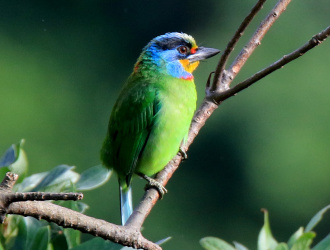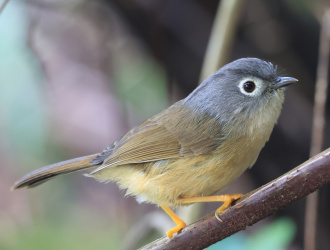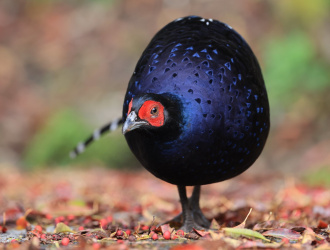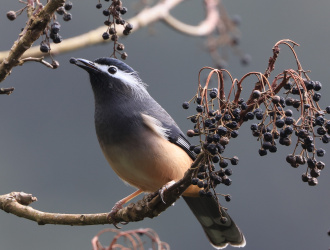好文分享

Lucie Hošková, the Head of Development at the Czech Society for Ornithology, visited Taiwan with her family in the winter of 2024. Here she describes her experience, sharing with readers about balancing birdwatching and sightseeing when you explore a new place and not everyone has the same interests!

They say that if you don't know where you've come from, you won't know where you're going. In honor of the Taiwan Wild Bird Federation's 35th anniversary, we take a look at Taiwan's journey from relative ornithological obscurity to its current leadership in bird conservation and citizen science, together with the role that the TWBF and its partners have played in this years-long process of development.

They say that if you don't know where you've come from, you won't know where you're going. In honor of the Taiwan Wild Bird Federation's 35th anniversary, we take a look at Taiwan's journey from relative ornithological obscurity to its current leadership in bird conservation and citizen science, together with the role that the TWBF and its partners have played in this years-long process of development.

They say that if you don't know where you've come from, you won't know where you're going. In honor of the Taiwan Wild Bird Federation's 35th anniversary, we take a look at Taiwan's journey from relative ornithological obscurity to its current leadership in bird conservation and citizen science, together with the role that the TWBF and its partners have played in this years-long process of development.

They say that if you don't know where you've come from, you won't know where you're going. In honor of the Taiwan Wild Bird Federation's 35th anniversary, we take a look at Taiwan's journey from relative ornithological obscurity to its current leadership in bird conservation and citizen science, together with the role that the TWBF and its partners have played in this years-long process of development.

The Taiwan Wild Bird Federation (TWBF) and the alliance of conservation groups from Taiwan focusing on salt pan wetland conservation visited the Bird Conservation Society of Thailand (BCST) for three days from 14-16 November 2023. They came to experience and learn about key sites for shorebird conservation in privately-owned protected areas in Thailand.
